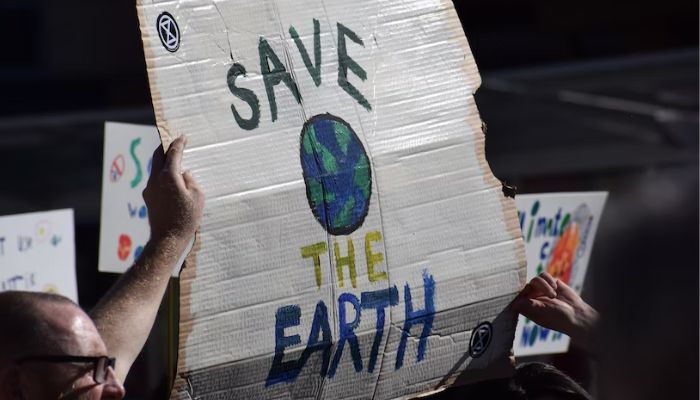Supercomputer predicts mass extinction by 2100
According to scientists 10% of plants and animals will be extinct by 2050, and that percentage will rise to 27% by 2100
December 18, 2022

A scientific model developed by one of Europe's most sophisticated supercomputers predicts that more than a quarter of the world's animals and plants would become extinct by the end of the century.
According to scientists, who published in the journal Science Advances, 10% of plants and animals will be extinct by 2050, and that percentage will rise to 27% by 2100. Children born today may very likely be the last generation to see elephants or koalas due to this "cascade" of extinction, the experts warned.
According to academics, a "sixth mass extinction event" is taking place because of climate change and altered land use. The team contends that past models of extinction trajectories are not very helpful because they do not take into consideration co-extinctions, which occur when a species goes extinct because a dependent species also die off.
"Think of a predatory species that loses its prey to climate change,” said study author Professor Corey Bradshaw of Flinders University in a statement.
Since the prey species perished as a direct result of a disturbance, its death is considered a "primary extinction." The predator will also become extinct as a result of having nothing to eat, a co-extinction. Or, Prof. Bradshaw said, consider a parasite losing its host as a result of deforestation or a blossoming plant losing its pollinators as a result of an increase in temperature.
“Every species depends on others in some way.”
To estimate how much more biodiversity will be lost due to co-extinctions, researchers have not yet been able to connect species on a worldwide scale.
While past research looked at several extinction-related topics, including the direct impacts of climate change and habitat loss on species fates, they did not combine these to estimate the size of extinctions.
Researchers created "synthetic Earths" for the study using one of Europe's most powerful supercomputers, which included more than 15,000 food webs and virtual species.
In order to report future projections, the networks were connected based on who consumes whom, and then changes in the climate and land usage were incorporated into the system.
Virtual species were able to adapt to changing conditions, disperse due to global warming, or become victims of an extinction cascade as the environment altered.
“Essentially, we have populated a virtual world from the ground up and mapped the resulting fate of thousands of species across the globe to determine the likelihood of real-world tipping points,” said study author Dr Giovanni Strona from the University of Helsinki.
Then, by comparing their assessment of adaptation to various climate scenarios with other parameters, they may forecast a coextinction pattern.
They demonstrate that there will be up to 34% more co-extinctions overall by 2100 than are predicted from direct effects alone by running numerous simulations over three key climate scenarios until 2050 and 2100, the so-called Shared Socioeconomic Pathways (SSP) from the Intergovernmental Panel on Climate Change (IPCC).
What's scarier, according to Prof Bradshaw, is that the new forecasts show co-extinctions will increase the overall extinction rate of the most vulnerable species by up to 184% by the end of the century.
“This study is unique, because it accounts also for the secondary effect on biodiversity, estimating the effect of species going extinct in local food webs beyond direct effects. The results demonstrate that interlinkages within food webs worsen biodiversity loss, to a predicted rate of up to 184% for the most susceptible species over the next 75 years,” Bradshaw explained.
Their model offers a deep insight into variance in patterns of species diversity reacting to the combination of temperature, land use, and ecological interactions, the researcher added. This is in contrast to established methods of extinction prediction.
In one human lifetime, children born today and living into their 70s can expect to see the extinction of literally thousands of plant and animal species, from the tiniest insects and orchids to the elephant and the koala.
In spite of the fact that climate change is a significant cause of extinction, the new study, according to Bradshaw, shows that people have greatly overestimated its effects on the variety of species on Earth.
“Without major changes in human society, we stand to lose much of what sustains life on our planet,” the team concluded.
The results, according to Dr Stona, "leave no doubt" that climate change is primarily to blame for the majority of extinctions worldwide.











